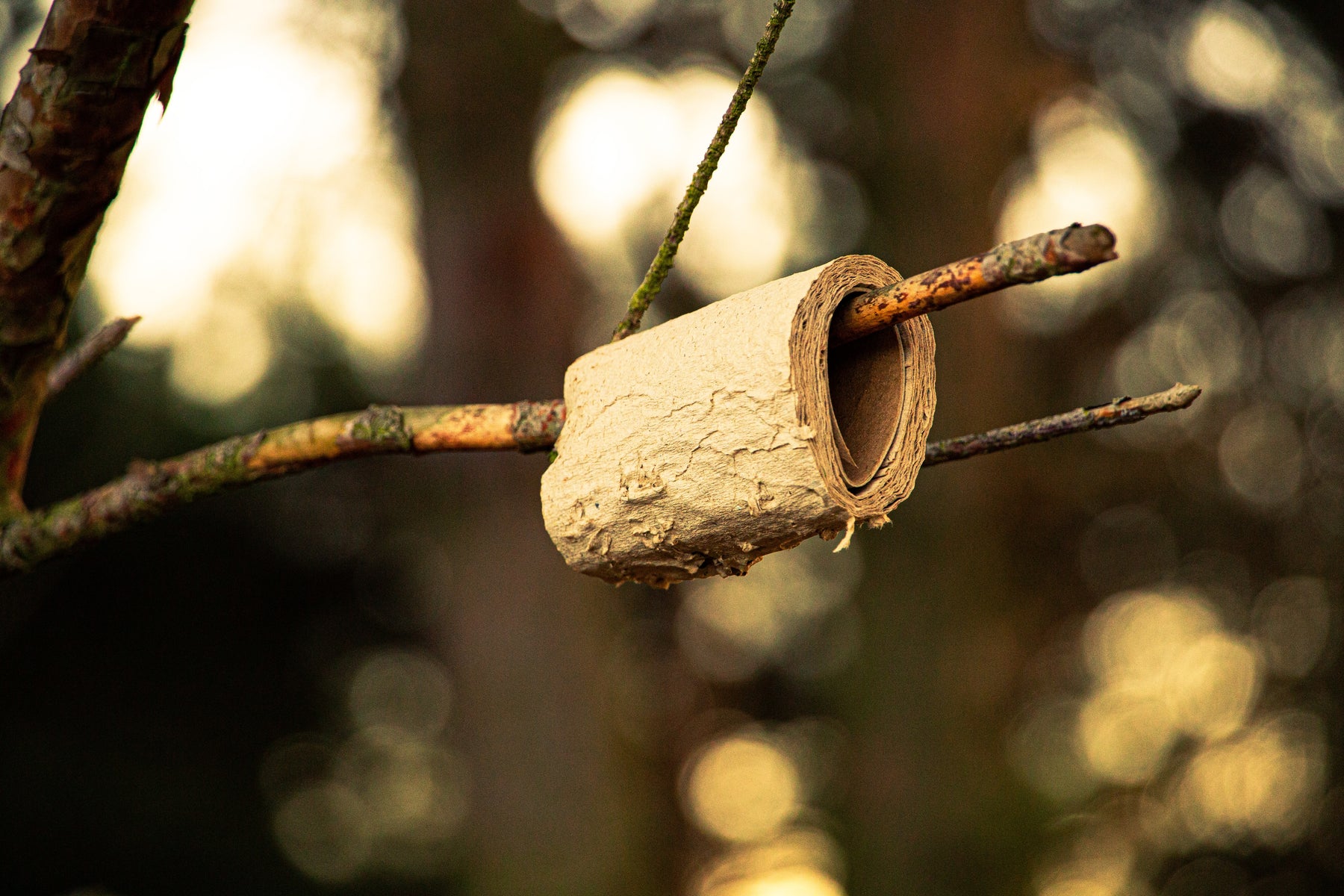Why You Should Upgrade To A PolyMaster Septic Tank.
We recommend PolyMaster Septic tanks as the best alternative to traditional concrete tanks. Keep reading our guide so you can make an informed decision about which septic tank is right for you.
Choosing the right septic tank for your farm or property can be a bit of a headache. If you've ever had to break down, or fill in a concrete septic tank you'll know that the process is literally a headache, from the hours you'll spend on a jackhammer. These days there are plenty of great poly options for septic tanks, that are easier to maintain, replace and install. Keep reading to find out everything you need to know about septic tanks, or give us a call on 1300 326 453 to find out more.
What is a Septic Tank?
A septic system is a way to treat wastewater on-site using an underground tank, connected pipes and a natural bacteria process to treat the wastewater. Typically, a septic system lives in your yard outside your house.
Commonly found in rural areas that do not have access to connected sewer services, Septic tanks come in a number of different shapes and sizes.
In all cases, Septic tanks separate solid waste, sludge, scum, and liquid waste to produce effluent that is then released underground to the soil.
How a Septic Tank System Works
Waste from the household is funnelled into the septic tank where there are typically two chambers. The liquid moves easily through to the second chamber and the solid part of the waste is detained in the first chamber where the natural bacteria works on its decomposition.
When decomposing the solids transform slowly to liquids and move to the next chamber. When the second chamber is full of liquid the effluent is passed from the tank to a drain that deposits the effluent into the soil
The size of the drain and its construction varies from simple rubble trenches to porous pipes directing the effluent away from the residence in strategic directions. It is wiser to consult your local council to determine the regulations here.
The size of the drain depends on the number of people in the household and hence the predicted daily effluent output. It also depends on the soil type that the effluent is being deposited into to work out the ideal or minimum square metres that the drain should be
Types of Septic Tanks
Whilst there are many ways to store and treat wastewater, there are predominantly two types of wastewater tanks commercially available: Concrete tanks and Poly tanks. Both tanks are effective but have their advantages and disadvantages.
Concrete Septic Tanks
Though they have been in use for many years and are known to last a long time, Concrete tanks can crack and can leak if not properly maintained. Concrete tanks are strong and last some time when maintained properly.
Disadvantages of a Concrete tank
- Concrete Septic tanks will deteriorate over time if not properly maintained. They are prone to cracking, affecting their strength and integrity and allowing roots to penetrate the tank
- Concrete tanks use reinforced steel in the manufacturing process to bolster their strength. This leads to them being prone to rust and corrosion.. leading to leaks etc. as detailed above
- Cracks developed in the tanks may cause an environmental health issue.
- Concrete tanks are heavy and need to be manoeuvred with specialist equipment carefully to avoid damage
- Concrete tanks are difficult and more expensive to repair if damaged
- Concrete tanks are difficult to remove if damaged or need replacing due to their size and weight and expensive to dispose of
- Concrete tanks are more expensive than poly.
PolyMaster Septic Tanks
With advances in technology Poly tanks have become easier to manufacture (with the right equipment) and their design has come a long way.
Poly tanks are:
- Easy to install, often weighing in at under 250kg. They can be man handled into a trench and often delivery is made with a truck equipped with a crane making delivery very easy.
- Poly tanks come in one piece ready to connect
- Because Poly tanks are lighter and more manoeuvrable they are able to be placed in places that are inaccessible for Concrete tanks
- Poly tanks are less prone to cracking and are completely rust resistant
- Poly tanks are cheaper than Concrete tanks
If you are considering a Septic tank we have produced a table with some additional information on Concrete vs Poly Septic tanks.

Maintaining Your Septic System
Regardless of which system you have, plan to have your septic tank inspected on a yearly basis and to be pumped, at least once every 6 months. Without regular pumping, the solid waste matter may clog the pump and cause damage to the drain field.
Avoid Flushing Certain Common Household Items
Septic systems need to be looked after and as such, you may need to be more cautious about what you flush down the toilet. Commonly flushed household items, if flushed down a toilet with a septic system, can cause clogging, backups, and possibly damage the system. The damage can range from small to significant, causing not only inconvenience and headache but a large expense. Items that should not be flushed if you have a septic tank include:
- Sanitary products
- Flushable wipes
- Paper towels
- Tissues
- Bandages
- Coffee grounds
- Cigarettes
Here at Ag-Superstore we have a great range of Polymaster Septic Tanks. If you have any questions about Septic Tanks or anything else Ag and Farming give us a call on 1300 326 453 for a yarn.

























































